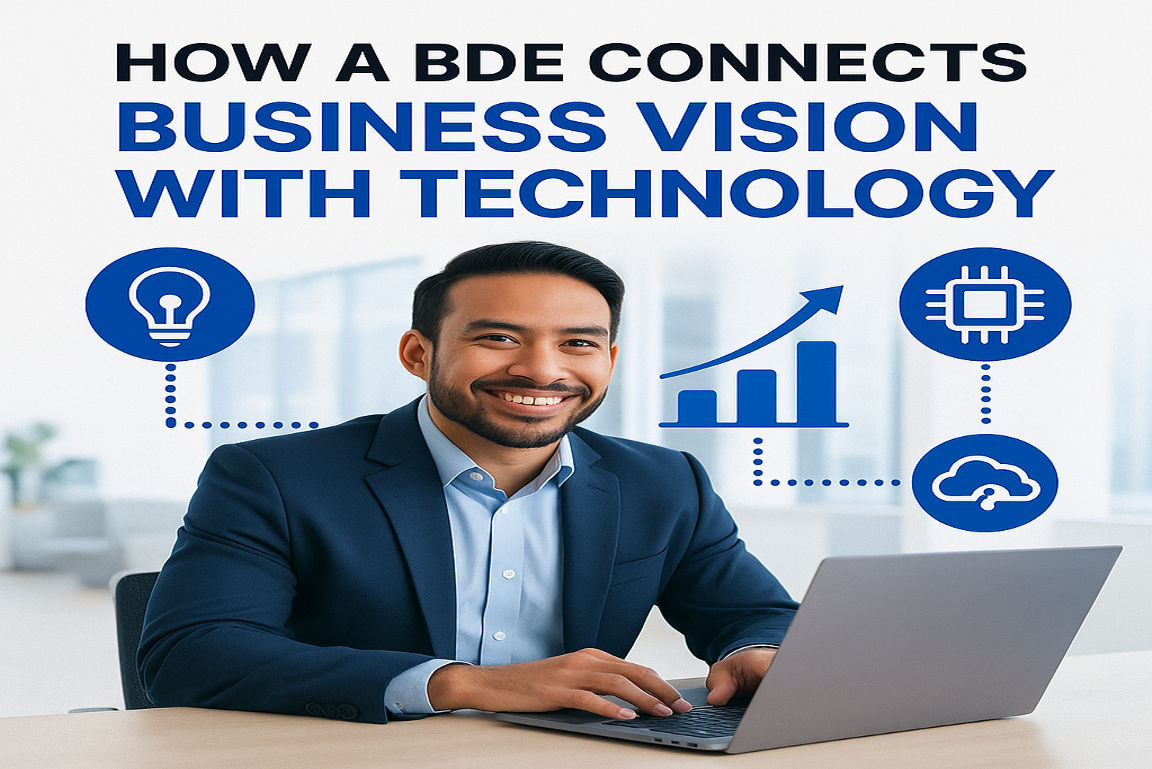
How a BDE Connects Business Vision With Technology
How a BDE Connects Business Vision With Technology Kumkum Kumari 21/11/2025At Speqto, we work with organizations that are constantly evolving entering new markets, scaling operations, or […]


ERC-20 tokens are the backbone of decentralized finance (DeFi), powering everything from stablecoins to governance tokens. In this guide, you’ll learn how to create your very own ERC-20 token using Solidity and deploy it on the Ethereum blockchain.
ERC-20 tokens are standardized, meaning they follow the same rules across the Ethereum ecosystem. This makes them compatible with wallets, exchanges, and DeFi protocols. By creating your own token, you gain practical blockchain development experience while laying the foundation for projects like DeFi platforms, DAOs, or NFT marketplaces.
Create a new project and install Hardhat along with OpenZeppelin contracts:
mkdir my-token
cd my-token
npm init -y
npm install --save-dev hardhat @openzeppelin/contracts
Initialize Hardhat:
npx hardhatChoose “Create a basic sample project”.
Inside the contracts folder, create MyToken.sol:
// SPDX-License-Identifier: MIT
pragma solidity ^0.8.0;
import "@openzeppelin/contracts/token/ERC20/ERC20.sol";
contract MyToken is ERC20 {
constructor(uint256 initialSupply) ERC20("MyToken", "MTK") {
_mint(msg.sender, initialSupply * 10 ** decimals());
}
}
This contract mints an initial supply of tokens and assigns them to the deployer.
Compile the contract:
npx hardhat compileUpdate scripts/deploy.js:
async function main() {
const Token = await ethers.getContractFactory("MyToken");
const token = await Token.deploy(1000000); // 1 million tokens
await token.deployed();
console.log("MyToken deployed at:", token.address);
}
main().catch((error) => {
console.error(error);
process.exitCode = 1;
});
Deploy locally:
npx hardhat run scripts/deploy.js --network localhostOpen the Hardhat console:
npx hardhat console --network localhostInside the console:
const token = await ethers.getContractAt("MyToken", "DEPLOYED_CONTRACT_ADDRESS");
(await token.name()).toString(); // "MyToken"
(await token.symbol()).toString(); // "MTK"
(await token.totalSupply()).toString();// 1000000 * 10^18
You can also transfer tokens:
await token.transfer("RECIPIENT_ADDRESS", 1000);
Creating an ERC-20 token is a gateway into the world of DeFi and Web3. With this knowledge, you can launch utility tokens, governance tokens, or stablecoins. You’ve also learned how standardized smart contracts power interoperability in the blockchain ecosystem.
ERC-20 tokens are the building blocks of decentralized applications. With just a few lines of code, you’ve created your own cryptocurrency that can integrate with wallets, exchanges, and dApps. This is the first step toward building real-world blockchain projects. The next step? Expanding into DeFi, NFTs, and cross-chain applications.

How a BDE Connects Business Vision With Technology
How a BDE Connects Business Vision With Technology Kumkum Kumari 21/11/2025At Speqto, we work with organizations that are constantly evolving entering new markets, scaling operations, or […]

Apache JMeter Demystified: Your 7-Stage Blueprint for a Seamless First Performance Test
Apache JMeter Demystified: Your 7-Stage Blueprint for a Seamless First Performance Test Megha Srivastava 21 November 2025 In the intricate world of software development and deployment, ensuring a robust user experience is paramount. A slow application can quickly deter users, impacting reputation and revenue. This is where Apache JMeter emerges as an indispensable tool, offering […]

STRIDE Simplified: A Hands-On Blueprint for Pinpointing Software Threats Effectively
STRIDE Simplified: A Hands-On Blueprint for Pinpointing Software Threats Effectively Megha Srivastava 21 November 2025 In the intricate landscape of modern software development, proactive security measures are paramount. While reactive incident response is crucial, preventing vulnerabilities before they become exploits is the hallmark of robust software engineering. This is where threat modeling, and specifically the […]

From Static to Streaming: A Practical Developer’s Guide to Real-time Applications Using GraphQL Subscriptions
From Static to Streaming: A Practical Developer’s Guide to Real-time Applications Using GraphQL Subscriptions Shakir Khan 21 November 2025 The Paradigm Shift: From Static to Streaming Experiences In an era where user expectations demand instant gratification, the web has rapidly evolved beyond its static origins. Today, a modern application’s success is often measured by its […]

The TanStack Query Edge: Deep Dive into Advanced Caching for Optimal Application Speed
The TanStack Query Edge: Deep Dive into Advanced Caching for Optimal Application Speed Shubham Anand 21 November 2025 In the relentless pursuit of seamless user experiences and lightning-fast web applications, data management stands as a formidable challenge. Modern front-end frameworks demand intelligent solutions to handle asynchronous data, and this is precisely where TanStack Query (formerly […]